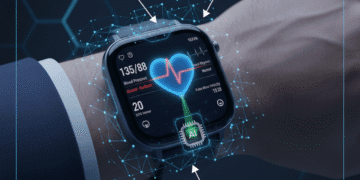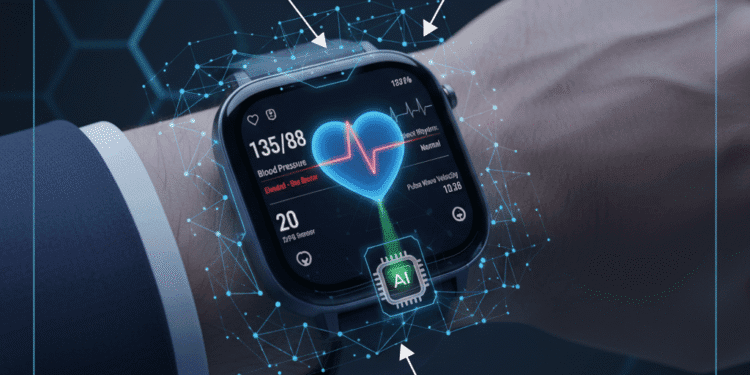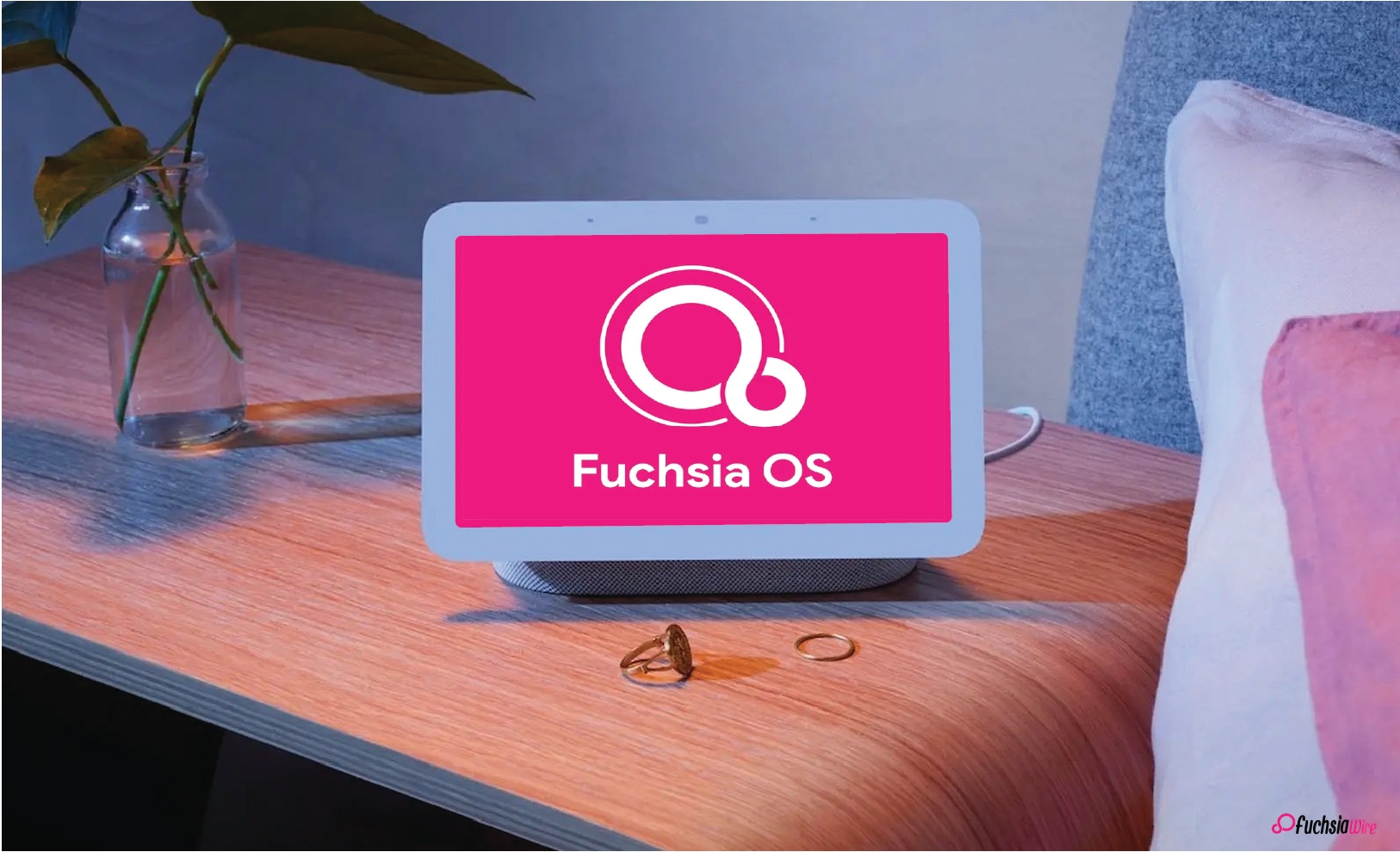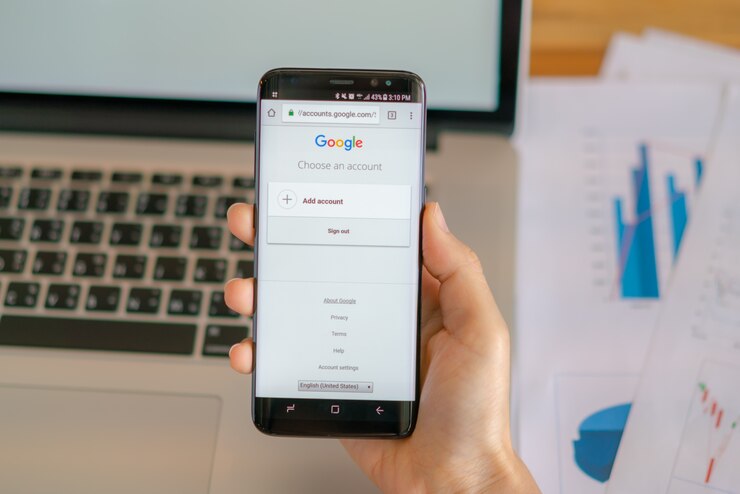Google is also reportedly developing a revolutionary aspect of its Pixel Watch, which is non-invasive high blood pressure screening. This futuristic invention would be based on the sensors built into the watch to identify the early signs of hypertension, commonly known as the silent killer, because it targets millions without manifesting any visible symptoms.
Assuming this is successful, the feature has the potential to revolutionize heart health care by replacing the infrequent medical examinations with non-stop, non-invasive screening-enabling users to have real-time information on their heart health on their wrist.
The dilemma of Blood Pressure Management
The old blood pressure devices are cuff-based and hence not convenient when performed regularly, and when one is on the go. The approach developed by Google is aimed at addressing these shortcomings.
Non-Invasive Approach: The Pixel Watch would probably not need to use a cuff, but rather a mixture of the optical heart rate sensor (photoplethysmography or PPG) and additional biosignals. It will measure alterations in the stiffness of the blood vessels and pulse wave velocity.
Continuous Monitoring: It can be performed through passive, frequent screening during the daytime. It gives a deeper profile of the blood pressure patterns of a user compared to a reading of blood pressure.
Early Detection Focus: This objective seems to be screening for high blood pressure, rather than making accurate medical diagnoses. The watch would send alerts to users to make them consult a professional doctor.
How Pixel Watch Could Do It
The advanced health sensors are already loaded into the current Pixel Watch. The research of Google must be aiming at getting more information out of these.
Optical Sensors (PPG): The watch’s green lights are used to measure blood flow. These patterns can be examined by AI algorithms. They seek minute variations that are associated with blood pressure.
ECG Sensor: The ECG sensor will give information about the heart rhythm. This information might be useful to supplement the PPG measurements. It provides a better overview of cardiovascular health.
The AI and Machine Learning: Google will take advantage of its experience in AI. They correlate them with blood pressure levels. This facilitates individual health data.
Calibration (Potential): There are still non-invasive methods that need to be calibrated occasionally. The user may be required to key in a cuff reading. This assists in the calibration of the algorithm of the watch.
The reasons why this is important to public health
High blood pressure usually goes unnoticed, and many people end up unknowingly until they have had severe complications.
A wrist-based health tracking device, such as the one that Google is working on, would potentially democratize the process of tracking health by providing regular, convenient checkups. It helps in proactive health management, where a user is able to monitor trends, implement lifestyle changes, and seek medical assistance as soon as possible.
When combined with the other features of the larger Google Health system, the Pixel Watch could become more than a simple fitness tracker, becoming an effective preventative health companion that can help the user gain control over their cardiovascular health.
Conclusion
The company would like to offer a non-invasive continuous approach to early hypertension detection using available wearable sensors and sophisticated AI.
Once properly introduced to the market, the technology has the potential to help millions feel more educated and capable of caring about the health of their cardiovascular system.
It would simply transform the face of personal health monitoring and establish the Pixel Watch as an essential device in the well-being of the population.
FAQs
What is the new health feature that Google is allegedly working on for the Pixel Watch?
Google is said to be developing high blood pressure monitoring without the use of needles in the Pixel Watch.
Does the Pixel Watch give accurate blood pressure measurements, such as a cuff?
The main aim seems to be the screening and not the exact medical diagnosis of high blood pressure. It would raise awareness of possible problems.
Is this an ongoing monitoring feature?
Yes, the method would focus on round-the-clock, passive screening. It provides an entire image of trends.
What are the advantages of screening for high blood pressure at an early age?
We must cure hypertension at an early stage to avoid severe health threats. These comprise heart attack, stroke, and kidney disease.
Does this require the sensors that are on the current Pixel Watch?
Pixel Watch already has optical heart rate and ECG sensors. Google will use these with AI.
Would this feature substitute for blood pressure checks by my doctor?
No, it would probably work as a screening tool. WE may need Professional medical consultation and conventional examinations.
When will we see this feature on the Pixel Watch?
It is not a developed feature. The official date of release is nonexistent. It could be years away.
What would be the accuracy of this non-invasive method?
Google has the biggest challenge in the form of accuracy. They need to be reliable towards a health-screening tool. This will involve a great deal of testing and validation.

























